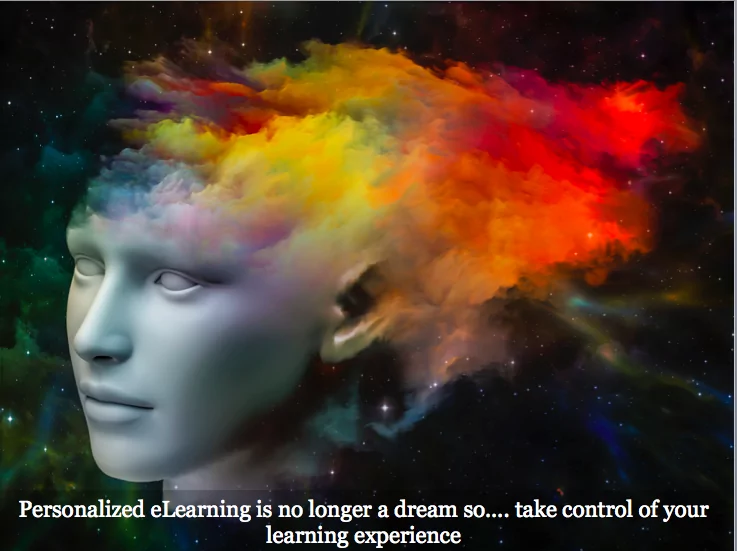eLearning TrendWatch: Personalized Learning

Every learner is a unique human being with his or her own needs, interests, skill levels, and so on. The challenge for learning professionals has always been to what degree learning can be tailored to the individual learner.  In past decades, personalized learning was often thought of as a dream that simply couldn’t become a reality except in a limited way within the traditional instructor-led classroom model where the teacher had the flexibility to give different assignments to different people based on what they could discern about their student’s abilities and knowledge in the classroom and through learning assessments.
In past decades, personalized learning was often thought of as a dream that simply couldn’t become a reality except in a limited way within the traditional instructor-led classroom model where the teacher had the flexibility to give different assignments to different people based on what they could discern about their student’s abilities and knowledge in the classroom and through learning assessments.
When eLearning first developed, the primary benefit enjoyed was the ability to roll out learning on a much wider scale to learners no matter where they were located in the world. While the personalized approach was put somewhat on hold during the early years of eLearning, it has resurfaced a major desire, and one that is much easier to fulfill with the tools and technologies available in the 21st century. There are also plenty of ways to personalize learning that don’t depend on the latest technologies, and which are also worth keeping in mind. Personalized eLearning is great because it gives a greater role to the learner in determining many aspects of the learning experience, which naturally means they’ll be more engaged throughout the process.
Pace of Learning
Individualized choice in how fast or slow a learner proceeds through the material is a key personalization element.
Pathways Through Learning
In the most customizable eLearning environments, learners have the opportunity to choose not only how they learn but even what they learn as they set their own learning goals, objectives, and experiences.
Exercises and Activities
Based on the learner’s own experiences and interests, there can be choice in the kinds of exercises, assignments, and learning activities that reinforce and extend the core learning content.
Content Delivery Methods
How would the learner best access the material to maximize learning? Text? Images? Videos? Audio? By offering the same content in all these different forms, learners can select which works best for them, or even switch from one to another to try it different ways.
But how can eLearning give so much autonomy to the learner? It’s all about how robust a learner profile you can put together for each learner. In other words, creating personalized learning requires input and/or feedback from learners. Scott Benson, who was previously a Program Officer for the Bill & Melinda Gates Foundation, explained the process of creating rich learner profiles this way: “This involves capturing the individual skills, gaps, strengths, weaknesses, interests, and aspirations of each student. It’s about knowing each student through a combination of assessments, surveys, and relationships built inside and outside of the classroom.” The input from learners can be processed by an artificial intelligence system to then generate the personalized learning experience.
Other ways to personalize learning include such things as making sure you incorporate the learner’s name whenever possible, encouraging learners to incorporate insights from their own experiences throughout the course or module, keeping the tone of content as conversational as possible rather than going too formal, making the author of the content more visible in the content so that the “instructor” is a real person to whom learners can related as opposed to everything being abstract, leveraging collaboration tools so that learners have plenty of opportunity to interact with and learn from each other, and adding in gamification and incentive features that allow learners to take pride in what they’ve accomplished as they move through the material.
Research shows that when learners are given more choice and control in how and when their learning occurs, better instructional outcomes are achieved. This is a clear sign that personalized eLearning should be among your top priorities both now and moving forward into the future.